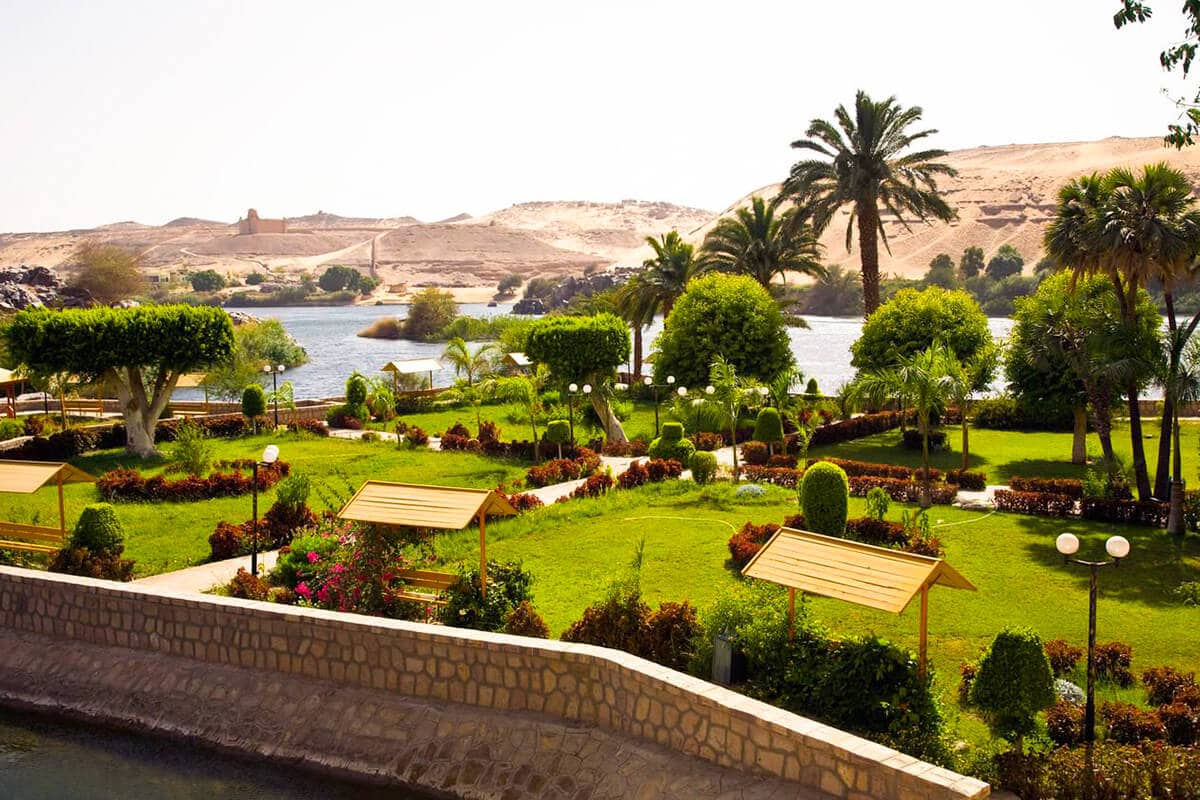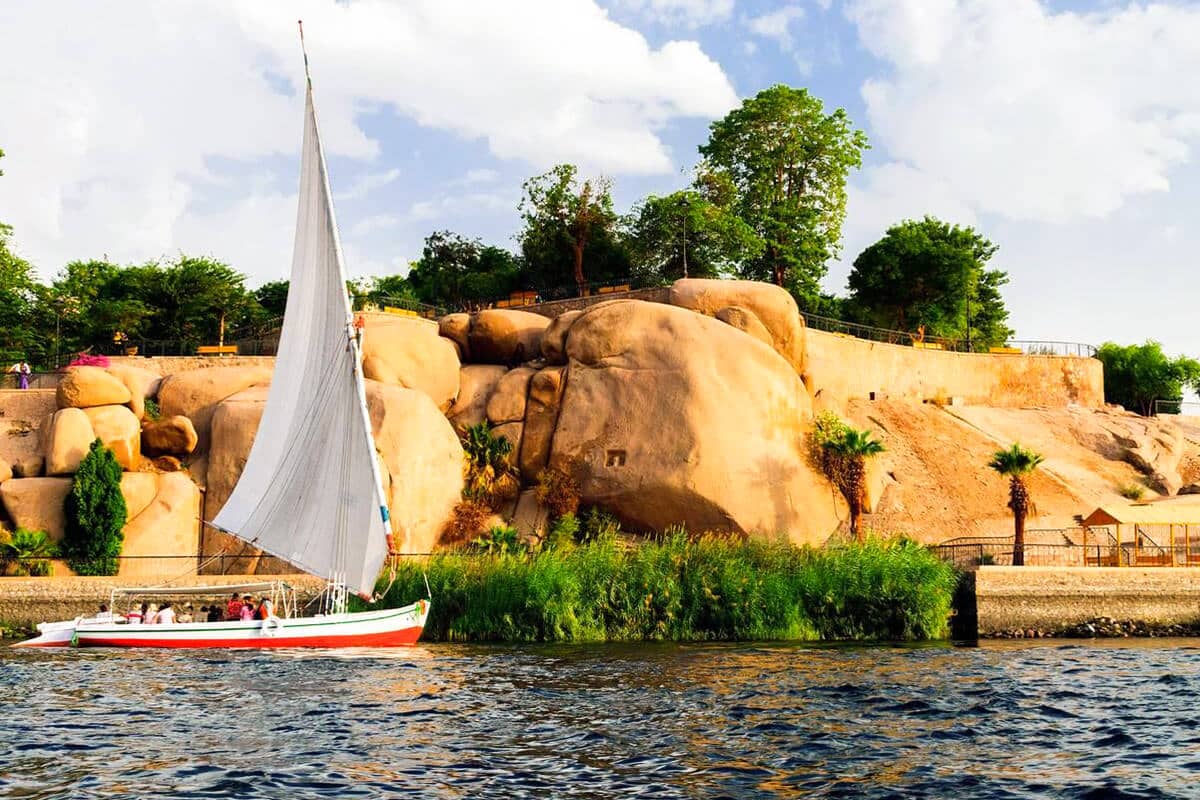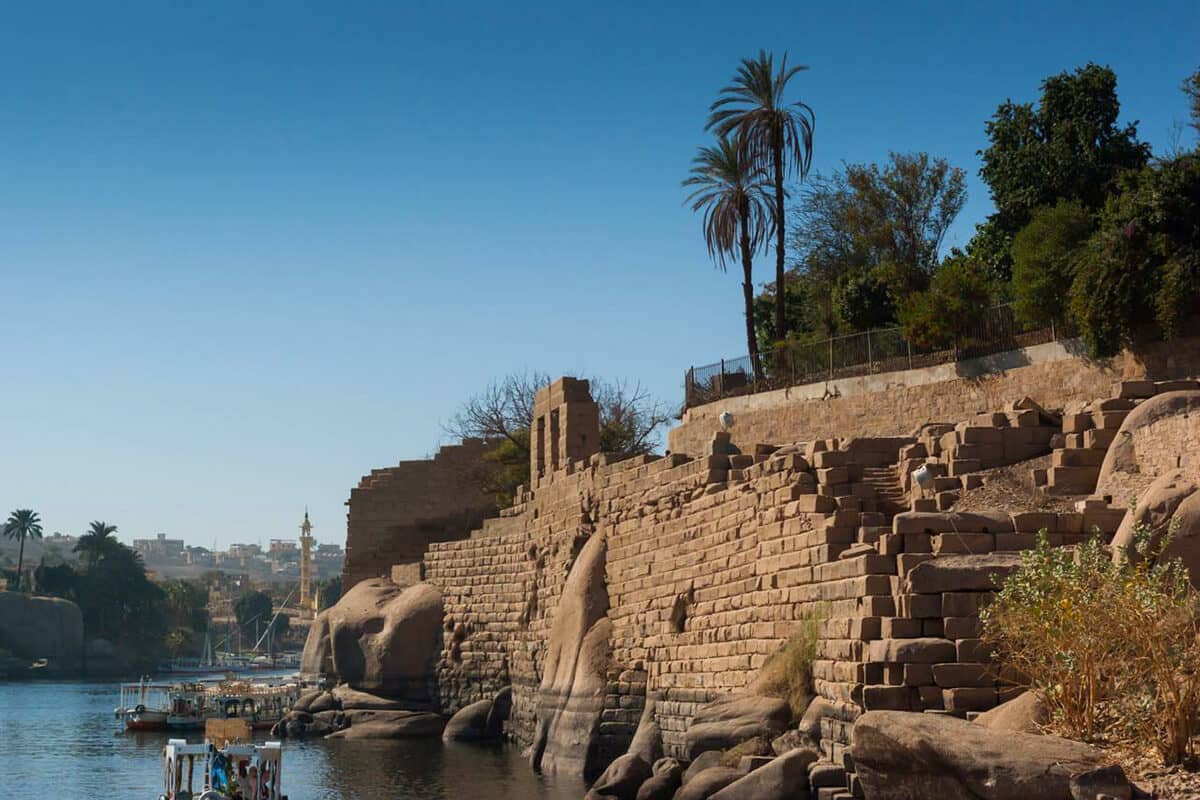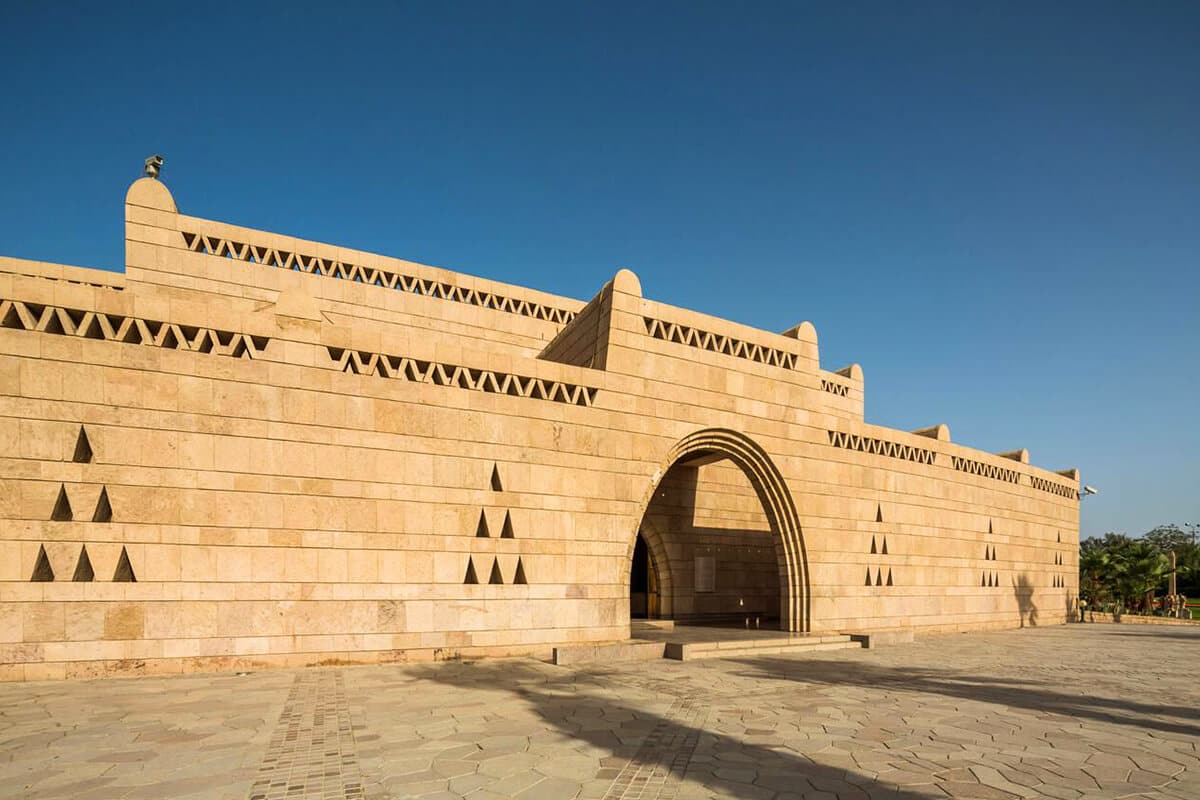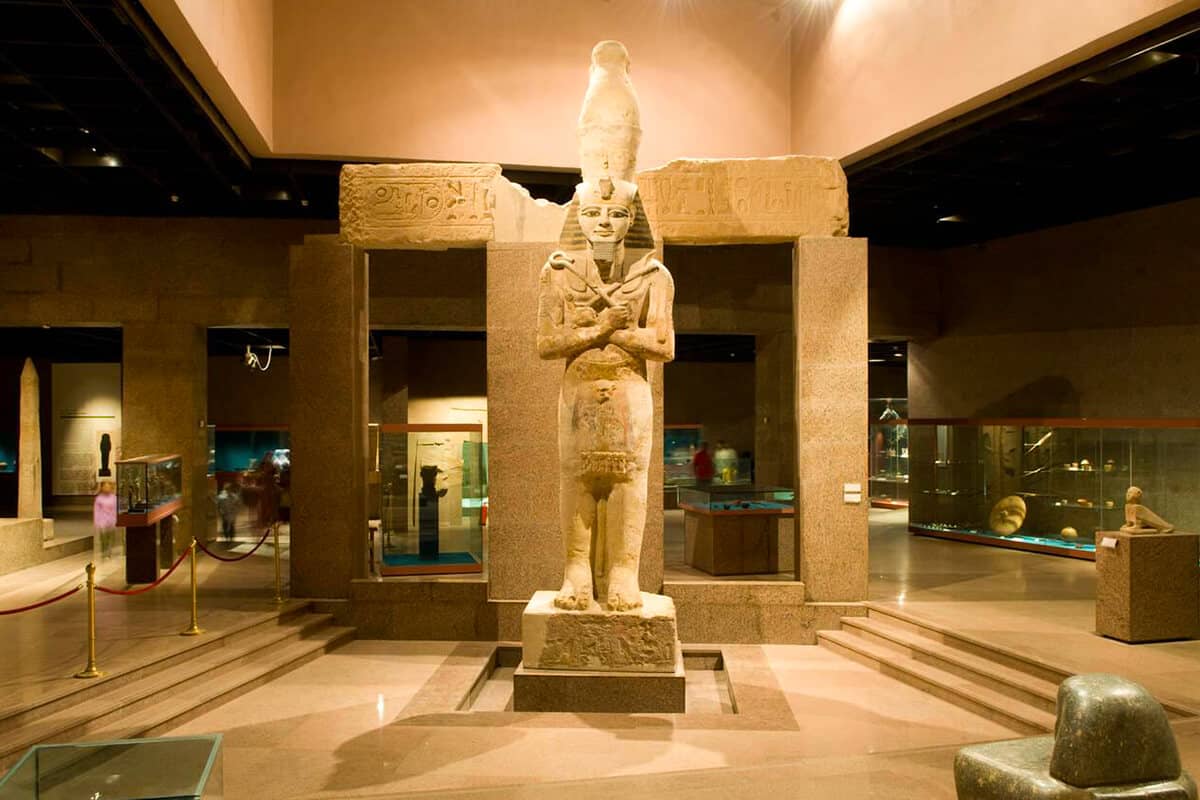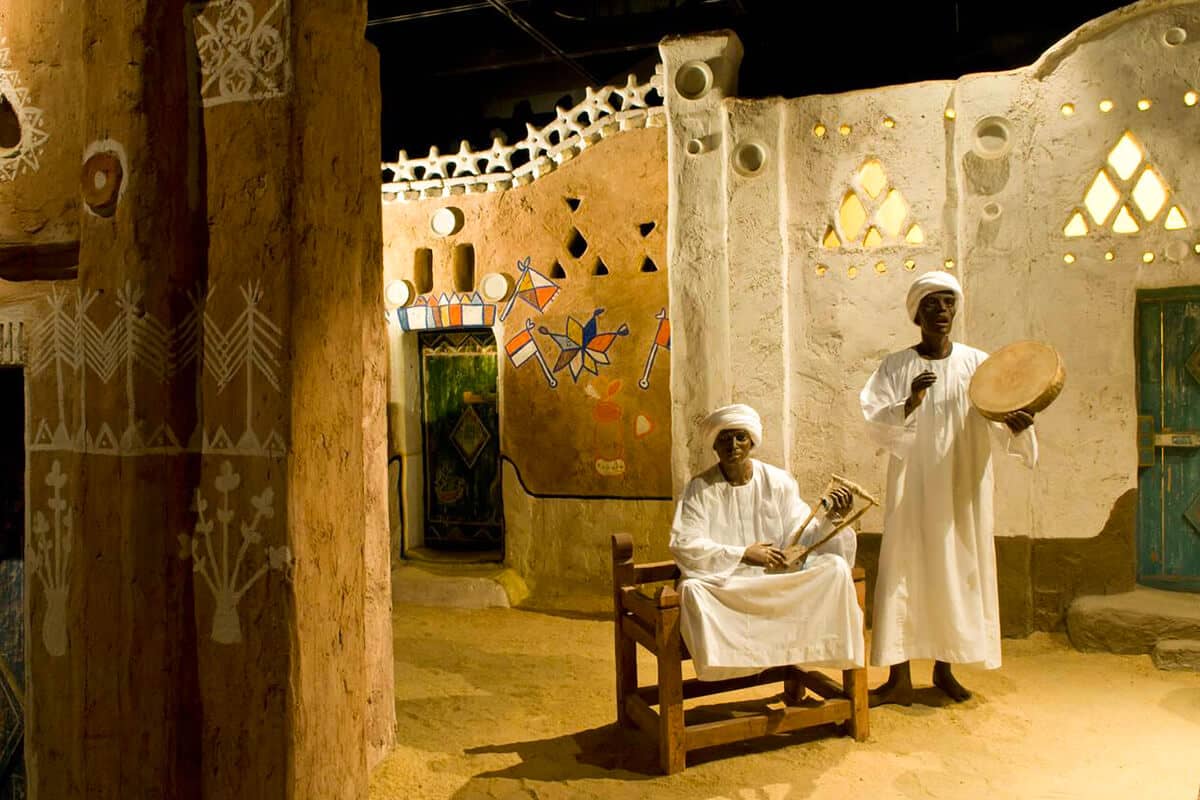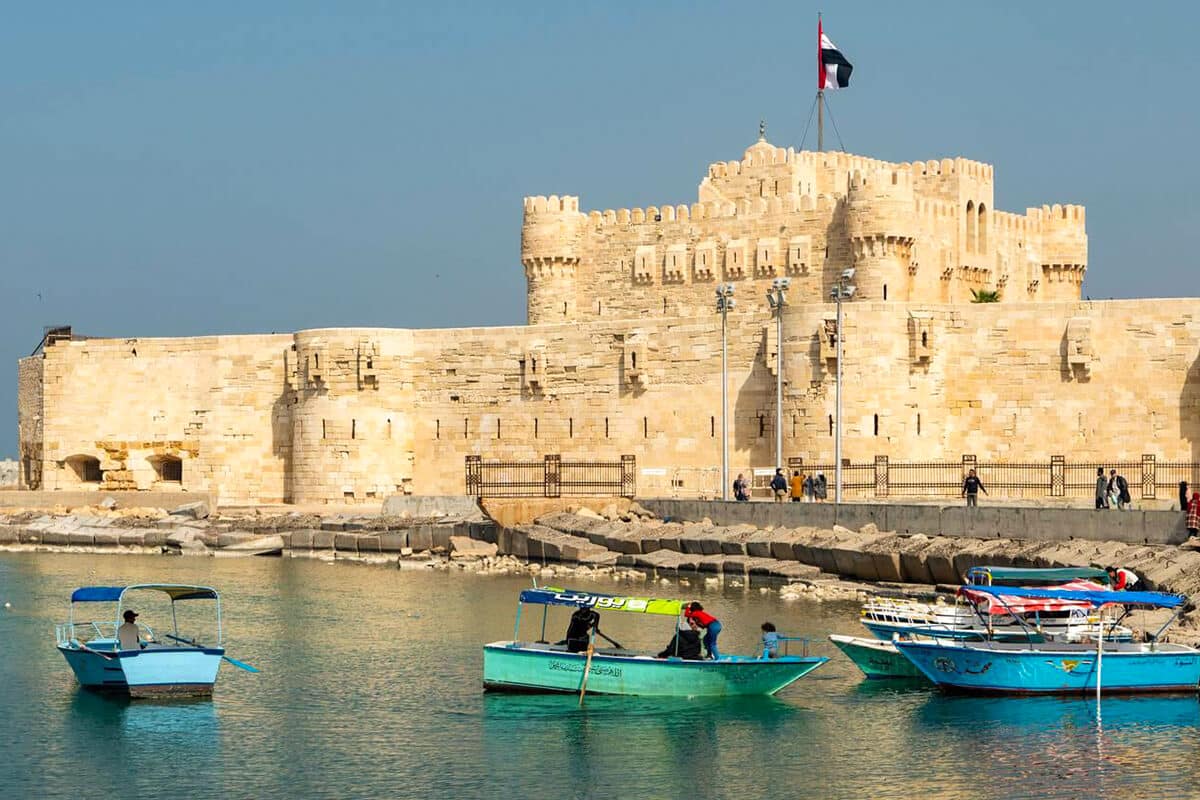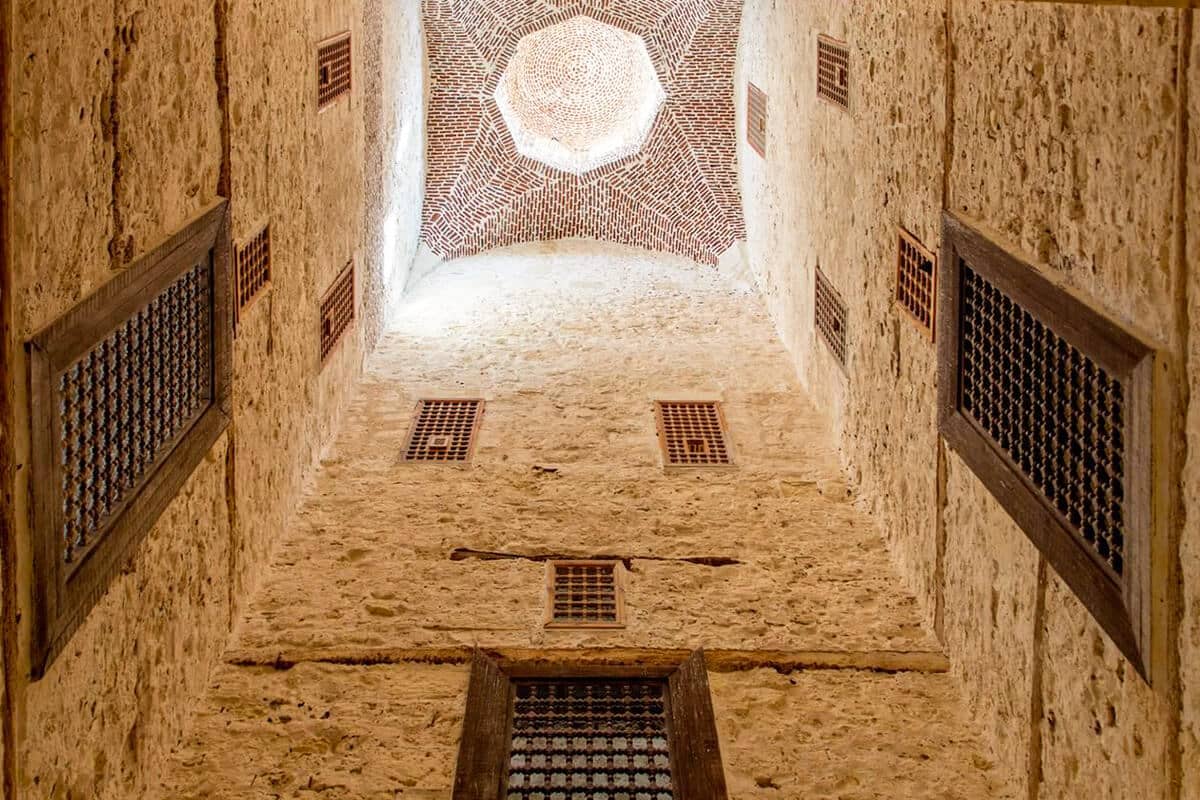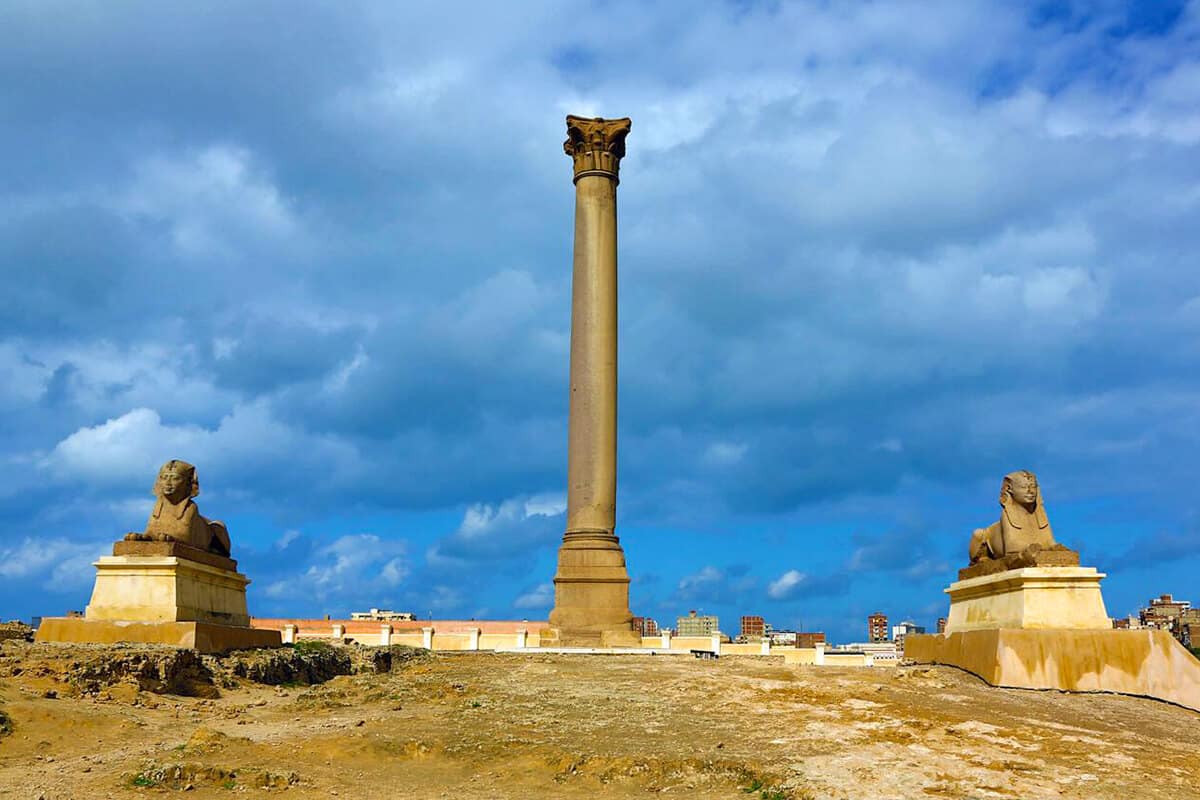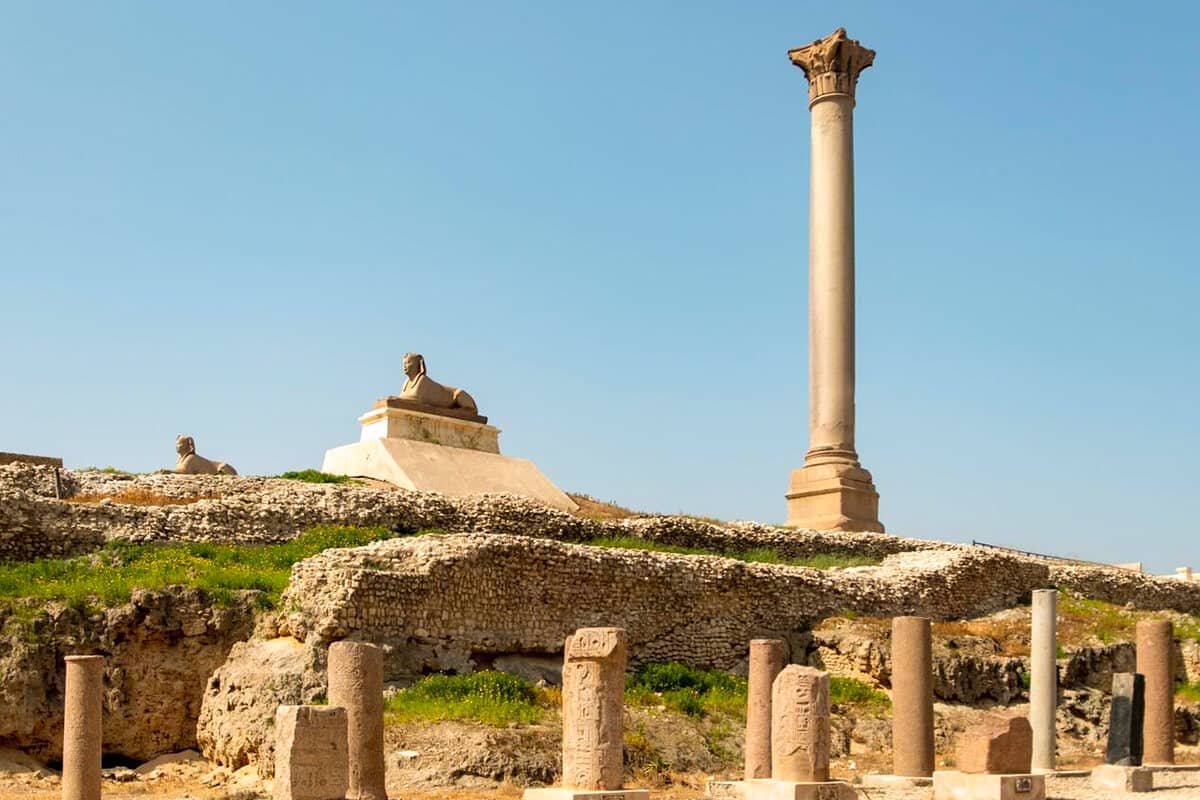Kitchener’s Island, also known as Geziret el-Nabatat, is a small, oval-shaped island in the middle of the Nile River in Aswan Egypt. The island is home to the famous Aswan Botanical Garden, which houses a diverse collection of exotic plant species worldwide. In addition to the garden, the island also boasts ancient temple ruins and a museum, making it a popular destination for tourists.
History of Kitchener’s Island

A. How Kitchener’s Island got its name
Kitchener’s Island is named after Lord Horatio Herbert Kitchener, a British soldier and statesman who served as the British Consul-General in Egypt in the late 19th century. Kitchener was known for his love of gardening and botany and played a significant role in developing the island’s Botanical Garden.
B. Brief history of the island
The history of Kitchener’s Island dates back to the early 20th century when it was gifted to Lord Kitchener by the Egyptian government in recognition of his services to the country. Kitchener was a renowned botanist who saw great potential in the island’s fertile soil and favorable climate. He immediately transformed the island into a lush and vibrant botanical garden, importing exotic plant species worldwide.
After Kitchener died in 1916, the island was passed on to the Egyptian government and has since been maintained as a public park and tourist attraction. In addition to the Botanical Garden, the island also houses ancient temple ruins and a museum that provides insight into Egypt’s rich cultural heritage.
C. Historical significance of Kitchener’s Island
Kitchener’s Island has played a significant role in the history of Aswan and Egypt. The island’s Botanical Garden was designed as an experimental station for plant species that could be grown in Egypt. Many of the plants introduced by Kitchener are still thriving on the island today.
The temple ruins on Kitchener’s Island are also of great historical significance, as they provide insight into the religious practices of ancient Egypt. The ruins are believed to date back to the 12th Dynasty (1991-1786 BC) and were initially dedicated to the god Khnum. Visitors to the island can explore the temple’s remains and marvel at the intricate carvings and hieroglyphics that adorn the walls.
In addition to its cultural and historical significance, Kitchener’s Island also played a role in developing Aswan as a tourist destination. The island’s picturesque setting and unique attractions have made it a popular destination for travelers since the early 20th century. It continues to be a must-see destination for anyone visiting Aswan.
Overall, the history of Kitchener’s Island is a fascinating and rich story woven into the fabric of Egypt’s cultural heritage. From Lord Kitchener’s love of botany to the ancient temple ruins, the island has much to offer visitors interested in history, culture, and the natural world.
Things to Do and See on Kitchener’s Island
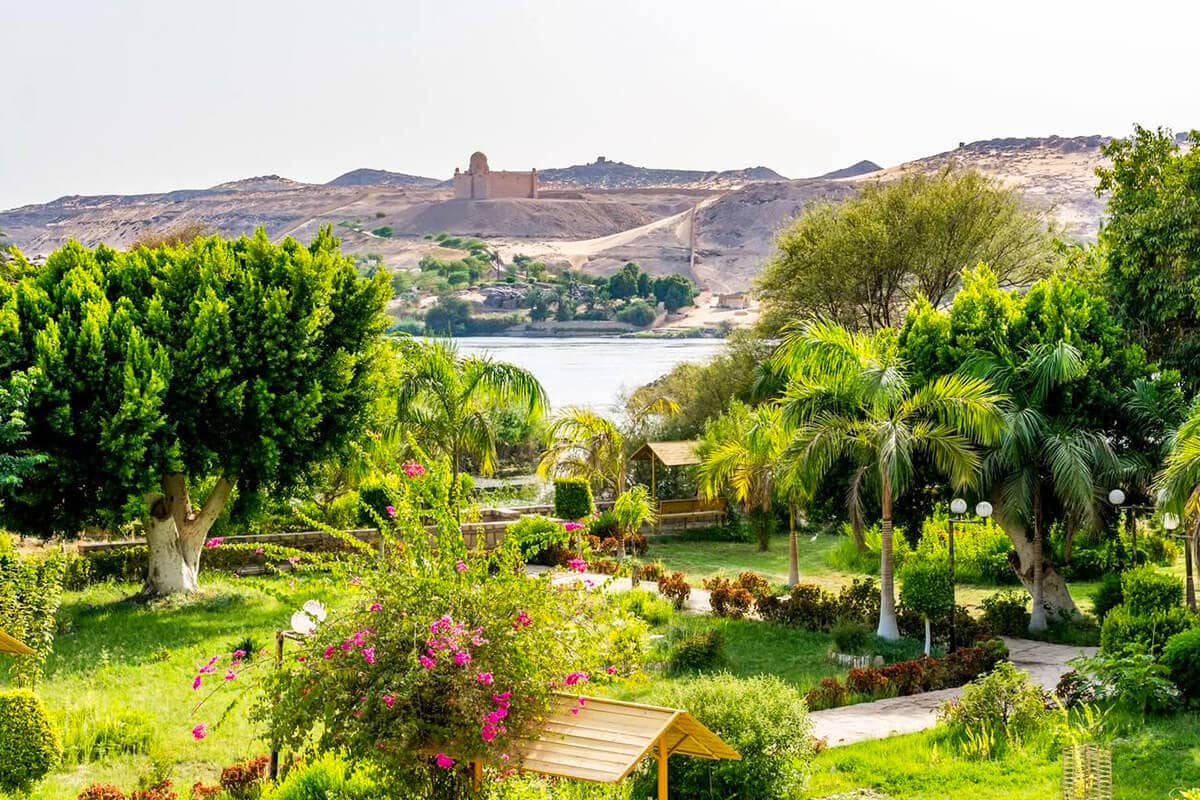
Kitchener’s Island is a small but diverse destination that offers visitors a range of activities and attractions. Whether you are interested in botany, history, or just soaking up the natural beauty of the Nile River, there is something for everyone on the island.
A. Explore the Aswan Botanical Garden
The Aswan Botanical Garden is the main attraction on Kitchener’s Island and is home to a vast collection of plant species worldwide. Visitors can stroll through the garden’s winding pathways and admire the colorful flowers, exotic trees, and fragrant herbs. The park also offers stunning views of the Nile River and the Aswan High Dam, making it a popular spot for photography.
B. Visit the Temple Ruins
Kitchener’s Island is home to the remains of an ancient temple that dates back to the 12th Dynasty. The temple was initially dedicated to the god Khnum and was later expanded by Ramses II. Visitors to the island can explore the ruins and marvel at the intricate carvings and hieroglyphics that adorn the walls. The temple ruins offer a fascinating glimpse into the religious practices of ancient Egypt and are a must-see attraction for history enthusiasts.
C. Tour the Museum
The Kitchener’s Island Museum is a small but informative museum that provides visitors insight into the island’s history and cultural significance. The museum houses artifacts and exhibits related to Lord Kitchener’s work on the island and ancient Egyptian artifacts discovered on the island during archaeological excavations.
D. Enjoy a Picnic or Relax by the Nile River
Kitchener’s Island is the perfect place to escape the hustle and bustle of the city and unwind in a peaceful and natural setting. Visitors can pack a picnic lunch and enjoy it in one of the island’s many shady spots or relax by the Nile River and soak up the tranquil atmosphere. The island offers stunning views of the river and the surrounding landscape, making it a popular spot for nature lovers.
E. Take a Boat Ride
One of the best ways to experience the beauty of Kitchener’s Island is by taking a boat ride on the Nile River. Visitors can hire a felucca, a traditional Egyptian sailboat, and enjoy a leisurely cruise along the river while taking in the island’s stunning scenery.
Overall, Kitchener’s Island offers a range of activities and attractions that cater to various interests. From the Botanical Garden to the temple ruins and the museum, there is much to explore and discover on this unique and picturesque island.
Kitchener’s Island is a hidden gem that any Egypt traveler should notice. Its rich history, diverse attractions, and stunning natural beauty offer a unique and unforgettable experience.
In summary, Kitchener’s Island is home to the Aswan Botanical Garden, ancient temple ruins, a small but informative museum, and breathtaking views of the Nile River. Visitors can explore the island’s fascinating history and culture, soak up the tranquil atmosphere, and enjoy various activities catering to different interests.
If you want to cruise through Nile River check out Egypt Nile River cruises
Don’t miss to check out our All-inclusive egypt vacation packages you can spend one day in egypt, check out in Egypt day tours

